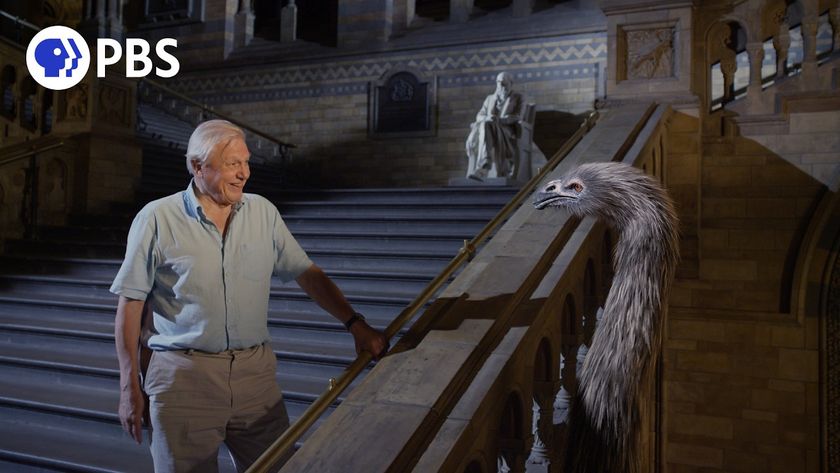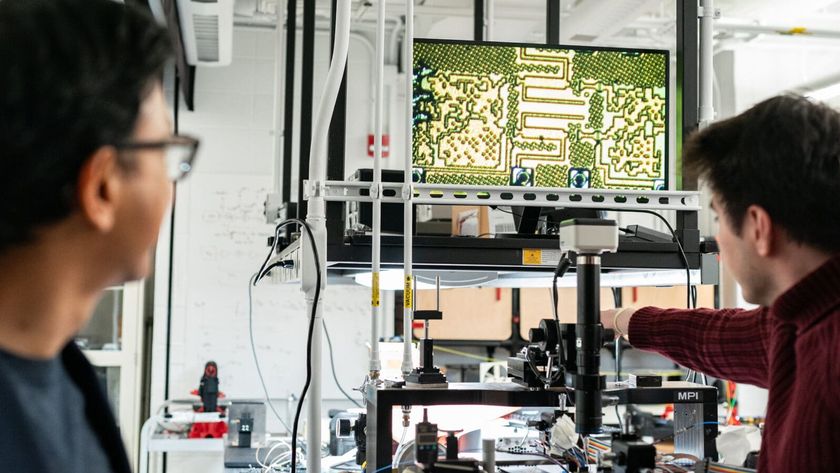Was the Stock Market Drop A Human Error or a Computer Error?
The Dow Jones had a wild ride on Thursday, dropping almost 1,000 points before starting to rally back. Although human error caused the drop, it exposed problems in a computer program that was used to make a trade, and in the entire computer trading system at large.
The drop began when a Citigroup employee accidentally mistyped the size of a trade involving Procter and Gamble stock, said Joel Hasbrouck, a finance professor at New York University's Stern Business School. Of course, typos like that have always been a part of stock trading, but a single mistake has never affected the market as profoundly as yesterday's blunder. Normally, people catch these errors rather quickly, but in today's age of automated trading, computers began reacting to the typo and making trades based on it before anyone realized it was a mistake, Hasbrouck said.
"A price movement like that can be started by just about anything, but it clearly spread to more than Procter and Gamble, Hasbrouck told Life's Little Mysteries. It had ripple effects clearly expanding beyond that narrow error."
Whenever there are large changes in the market happening quickly, traders should ask 'why?'" said Hasbrouck.
But it was not just the speed of computer reactions to the error that caused the Dow's plunge. The intelligence of the computer program that made the Procter and Gamble trade also seems to be at fault, said Albert Kyle, a professor of finance at the University of Maryland and a member of Nasdaq's economic advisory board.
Typically, trading programs have a number of failsafe mechanisms that recognize mistakes like the one that occurred yesterday , Kyle said. Obviously, those failsafe measures did not recognize the mistake yesterday.
The problem yesterday is that there was a lack of checks and balances built into the computer system, probably at multiple levels, Kyle told Life's Little Mysteries.
Sign up for the Live Science daily newsletter now
Get the world’s most fascinating discoveries delivered straight to your inbox.
However, both Kyle and Hasbrouck agreed that, by and large, computers are the solution to, not the cause of these kinds of problems.
There are more mistakes made with human trading. A good estimate is 5 percent of all trades are mistakes with human trading, Kyle said. Computers solve a huge number of problems, and make things far less error prone. Even when you have an error in a computer dominated market, it's usually a human error.
The error rate for computers is less than 1 percent, Kyle said.
To prevent this from happening in the future, the stock exchanges should institute tighter controls on the flow of the market, Kyle and Hasbrouck said. On the Tokyo Stock Exchange, for example, trading halts for five minutes any time there is a swing as massive as the one on Thursday. That break gives the traders a chance to cool down and see if there is a problem. They can determine if there was a mistake or if the swing was a legitimate market move. Thus, they try to ensure that traders don't react with panic.

NASA changes odds of asteroid hitting Earth in 2032 yet again — but this time it's good news

How to watch 'Museum Alive with David Attenborough', as US streaming begins for CGI-fueled documentary

AI-designed chips so weird that 'humans cannot really understand them' — but they perform better than anything we've created
Most Popular

